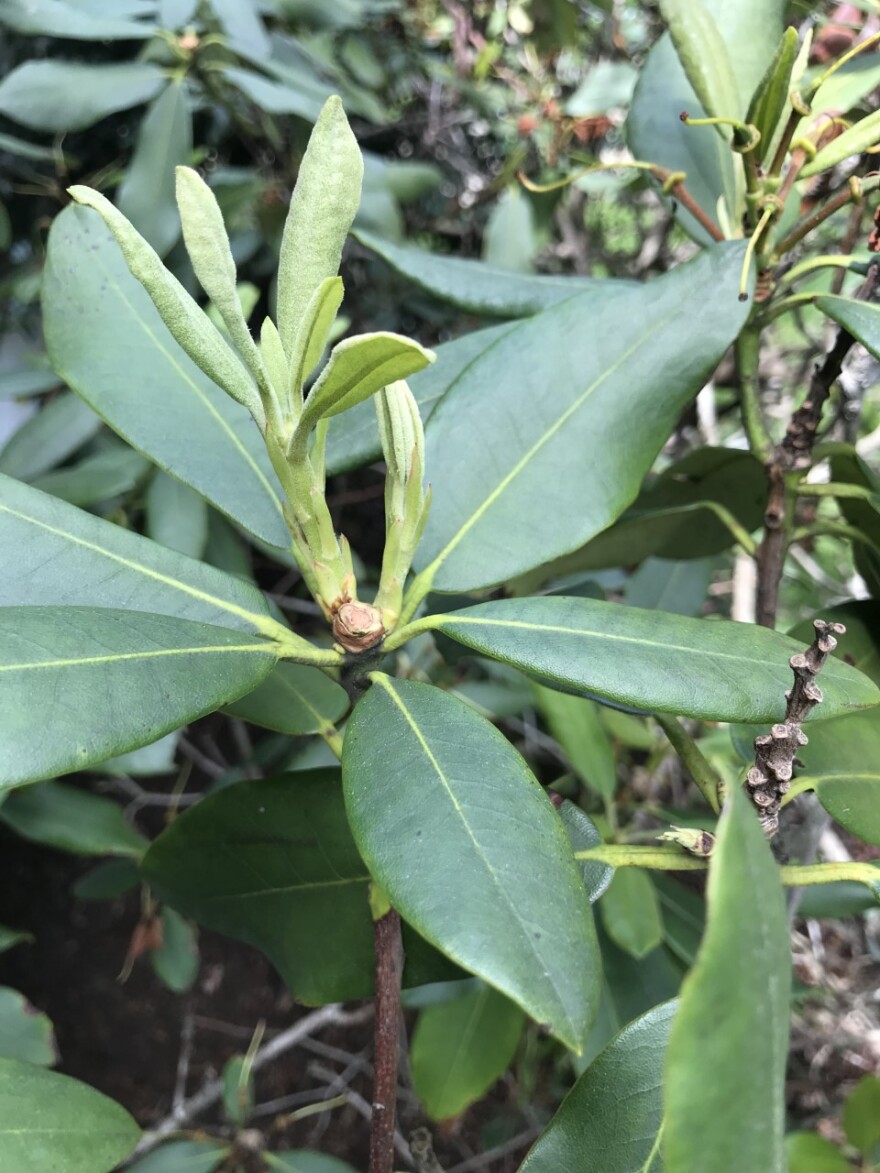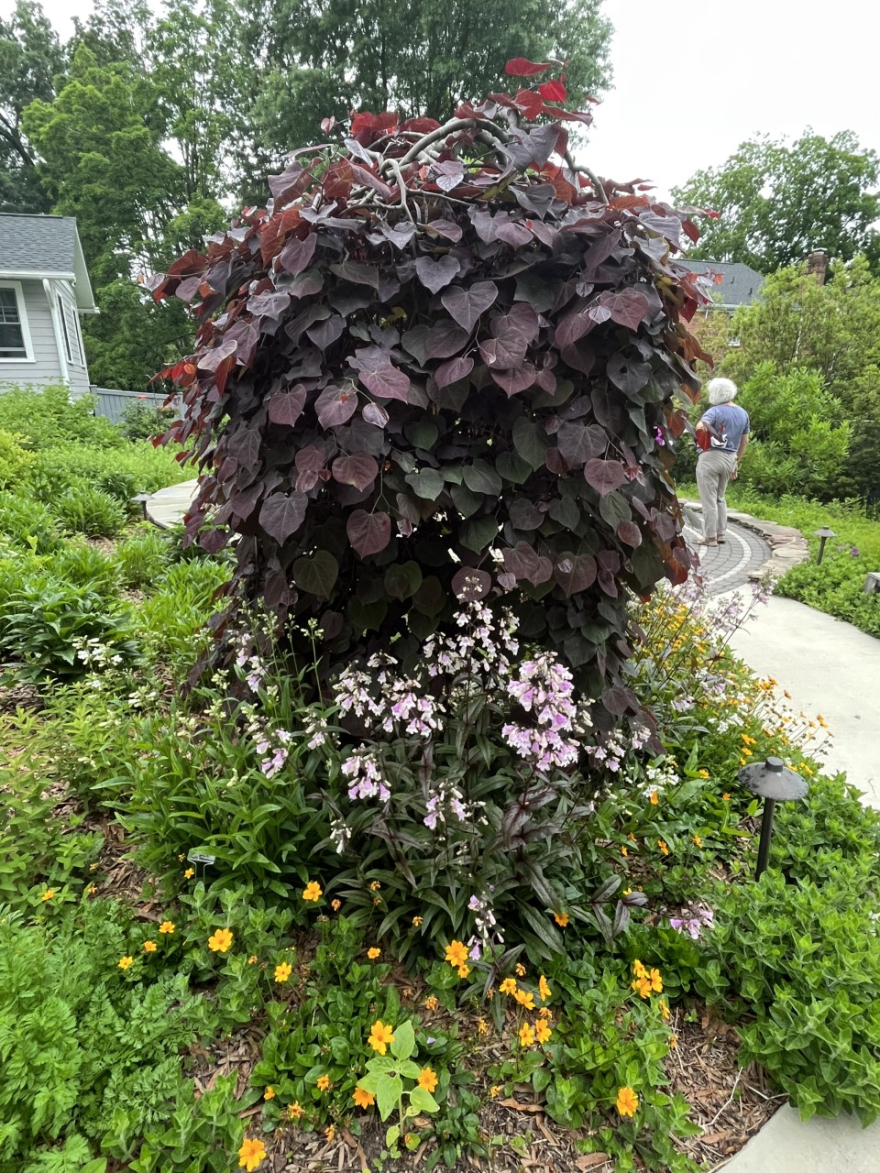The time has come, it is (almost) summer! While my family is thinking about the beach, I am thinking about the glory of the garden.
I enjoy starting the day walking around my gardens with my favorite morning beverage to see what is blooming, what needs watering, or if there are insects munching on a prized plant or vegetable. I check my evergreens to see if there are bagworms hanging from the branches like holiday ornaments. I make mental notes to add mulch to areas that may have thinned as the soil microorganisms do their job of breaking down organic matter to enrich the soil for other living organisms. I always check the thickness of mulch in the vegetable garden to reduce soil splashing onto plants when it rains. So many diseases are soil-borne, and a simple barrier of mulch will prevent most problems. I prefer using straw in the vegetable garden, but other organic mulches will do the job equally as well.
After my walk, I grab my pruners and gardening bucket to work on the day’s To-Do List while the weather is cool. I like to remove the stalks of iris once the flowers have stopped blooming and remove other faded flowers using my clippers, so each cut is clean. I always have a small spray bottle of isopropyl alcohol in the bucket to disinfect my clippers between cuts. By hand, I removed spent daylily blossoms, bagworms from evergreens, and pinched off the lower leaves on my tomato plants, too.
Tomato plants are susceptible to various diseases which can be reduced by increasing air circulation and removing the lower 6-12” of leaves increases air circulation, depending on the size of your plant. As the plant grows taller, I remove more leaves until the bottom 12-18” of vines are exposed to the air and sunlight. Remember, the leaves make the energy for the plant to grow and thrive, so please don’t go overboard; do this in proportion with the plant’s height.

Early June is typically the time when the daffodil foliage has completely died back. While the dead leaves are still visible, I dig and divide my daffodil bulbs. I transplant bulbs to fill in the gaps noted during my spring walkabouts and share the others with neighbors. With the spring-flowering bulbs completely dormant, this is a suitable time to move other bulbs such as hyacinth, grape hyacinth, and camassia. I do so now while I still can remember exactly where they are in my garden beds.
With the spring show over, June is the time to fertilize and prune the spring-flowering shrubs. Using a balanced slow-release organic fertilizer will enrich your soil while fertilizing your plants, but choose products specific to the plant you are feeding. Other fertilizer-hungry plants are roses, vegetables, and even orchids, plus other houseplants. As for pruning, I prefer to keep the natural shape of a plant by removing overgrowth with my hand pruners rather than shear it off with hedge clippers. I do this by making cuts down into the body of the plant. I do not prune every new shoot; I leave the shorter-growing branches in place. I always make pruning cuts on an angle and above a leaf or branch, aka “node.” This angle enables water run-off, and pruning above a node prevents leaving a stub, which can foster disease.

During June, I make the time to visit gardens and to invite friends to my garden. I always enjoy gathering innovative ideas and sharing new concepts with friends. I also visit garden centers during the summer months to learn what is blooming during the hot days of summer. I hope you find time to do the same, and I encourage you to check out the native plant display to see what you can add to your garden to benefit our pollinators.
Happy Gardening!
- Peggy Singlemann, Landscape Consultant and Gardening Speaker


